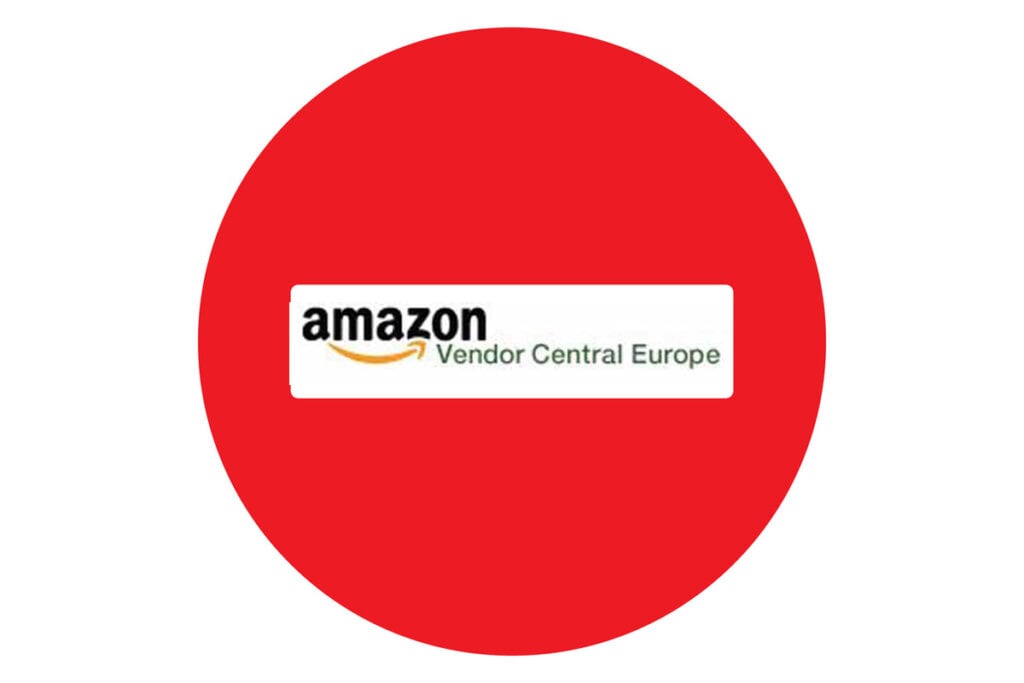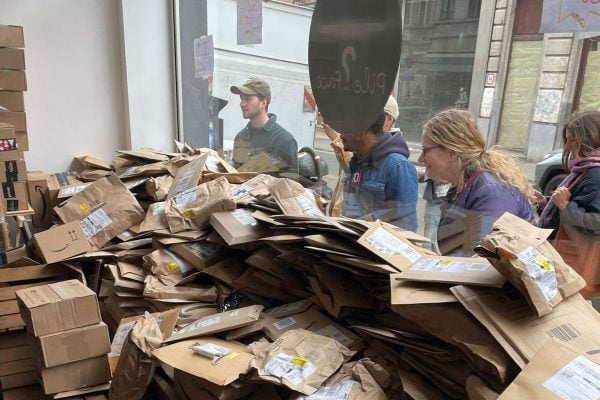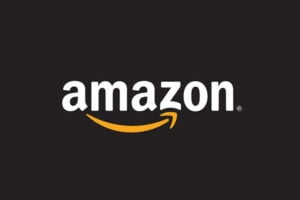Amazon are set to push thousands of Amazon vendors to become third-party sellers, reports Yahoo Finance.
In March, Amazon revealed their new focus on strategic, high-volume vendors that they want to maintain vendor-exclusive relationships with. This means that other smaller suppliers will be phased out to the third-party (3P) marketplace selling.
According to three people familiar with the plan, Amazon will cease bulk orders from small Amazon vendors in an aim to cut costs and focus on wholesale purchasing from larger brands such as Procter & Gamble, Sony and Lego.
Amazon secures product stock in two ways. First, Amazon buys goods from wholesale vendors and resells them as a retailer. Second, it enables sellers to sell goods on the markerplace. Amazon vendors and merchants now supply over 50% of the products for sale on Amazon. The change will see this share soar up.
What does the move mean for Amazon vendors?
While the move will see Amazon vendors adapting to the change, Amazon will benefit in many ways.
The move will see Amazon expanding the product range without having to hold the inventory themselves. It will see Amazon vendors selling the items and using Amazon FBA service – bringing Amazon commission on each sale, and fees for the Amazon fulfilment service.
The plan will also see Amazon forecasting product demand via automation technology. This way, Amazon will be able to determine the desirable stock that’s worthy of selling on the marketplace. This means that Amazon may suspend partnerships with vendors which goods are no longer profitable to stock.
There are two more signs that vendor purge is coming. Amazon didn’t renegotiate annual terms with many smaller vendors. Amazon also aren’t filling many vacant vendor manager positions, which means that the company expects to need fewer employees to handle supplier relationships since there will be fewer vendors.
“This is the kind of change that will scare the living daylights out of brands selling on Amazon.”
“Amazon usually doesn’t give a lot of lead time, and brands will be left scrambling. If they make this change soon, brands will have until the end of the summer to get their acts together or their holiday quarter will be at risk.”
– James Thomson, organiser, the Prosper Show, an annual ecommerce conference focused on Amazon
Amazon began discussing which vendors they will keep in autumn, the people said. Amazon vendor managers were able to make a written argument to protest against the change. However, the decision stood behind senior leaders of the business.
What should Amazon vendors consider doing?
‘Third-party sellers are kicking our first party butt, badly’ is how the Amazon CEO Jeff Bezos describes Amazon sellers’ sale growth which has eclipsed the marketplace’s own first-party retail sales revenue.
This statement is proof of Amazon’s increasing focus on the marketplace’s growth. It’s evident that Amazon merchants bring more sales to Amazon than Amazon vendors. This also means that Amazon won’t stop expanding the marketplace.
Amazon vendors should consider moving to an Amazon merchant model. It might not be this round of vendor cuts but a future one which will show that being an Amazon vendor isn’t as secure as being a merchant.











One Response
Many of the products I sell on Amazon they also sell, whilst it is hard to get sales as they usually have the buy box even when they have no stock, is is also hard to compete on price.
Often the price that Amazon sell the items for is at my break even point, taking into account:
Cost of stock
Amazon fee
VAT
Postage & Packing
Not including:
Storage cost
Wages